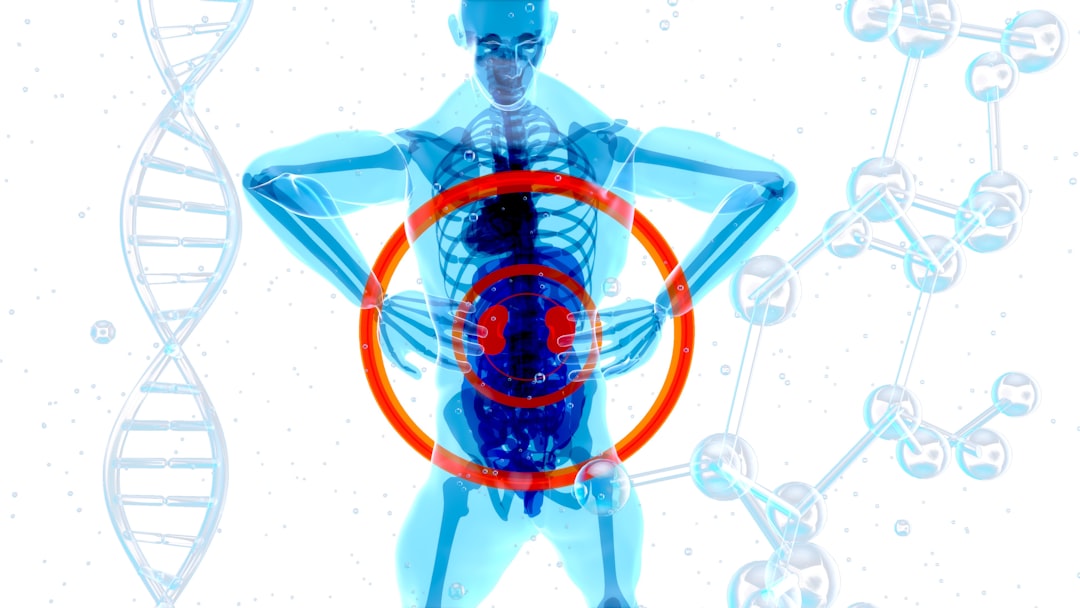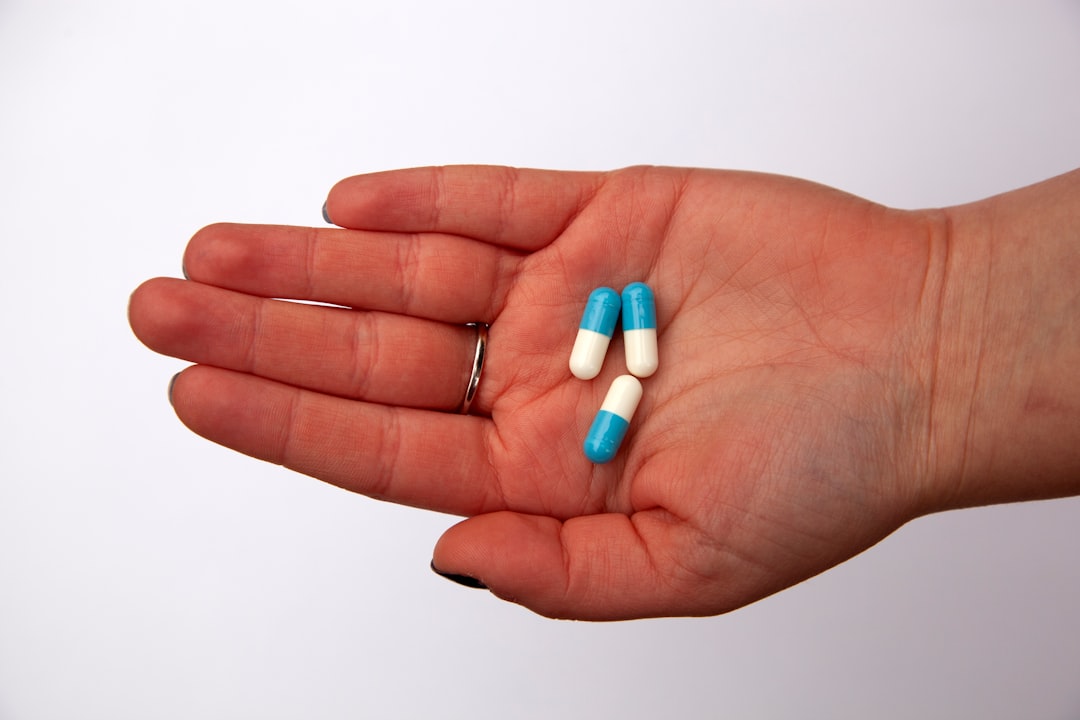What is it about?
Many bacterial pathogens use specialized syringes to inject toxic proteins to eukaryotic cells (known as “Type III Secretions Systems” or T3SS). In this work, we harnessed the power of the gene editing technology known as CRISPR to identify the human genes that mediate our susceptibility to the 2 different bacterial syringes of Vibrio parahaemolyticus, the leading cause of seafood-borne gastroenteritis in the world. We found that sulfation and fucosylation of the cell surface promote the interaction of these syringes with human cells.
Featured Image
Why is it important?
These findings reveal the importance of ubiquitous surface modifications for T3SS function, potentially explaining the broad tropism of V. parahaemolyticus, and highlight the utility of genome-wide CRISPR/Cas9 screens to discover processes underlying host-pathogen interactions.
Perspectives
Why a marine bacterium like Vibrio parahaemolyticus that has not co-evolved with humans has evolved an apparent tropism toward cell surface fucosylated glycans? Fucosylation of glycans is a ubiquitous modification, present in a variety of hosts ranging from single celled eukaryotes to humans. In this context, our data builds towards the coincidental evolution hypothesis where it is plausible to think that the requirement for fucose could be a tropism that arose as an evolutionary trait in the marine environment. We are currently evaluating these exciting hypothesis!
Dr Carlos J Blondel
Universidad Autonoma de Chile
Read the Original
This page is a summary of: CRISPR/Cas9 Screens Reveal Requirements for Host Cell Sulfation and Fucosylation in Bacterial Type III Secretion System-Mediated Cytotoxicity, Cell Host & Microbe, July 2016, Elsevier,
DOI: 10.1016/j.chom.2016.06.010.
You can read the full text:
Resources
Contributors
The following have contributed to this page










